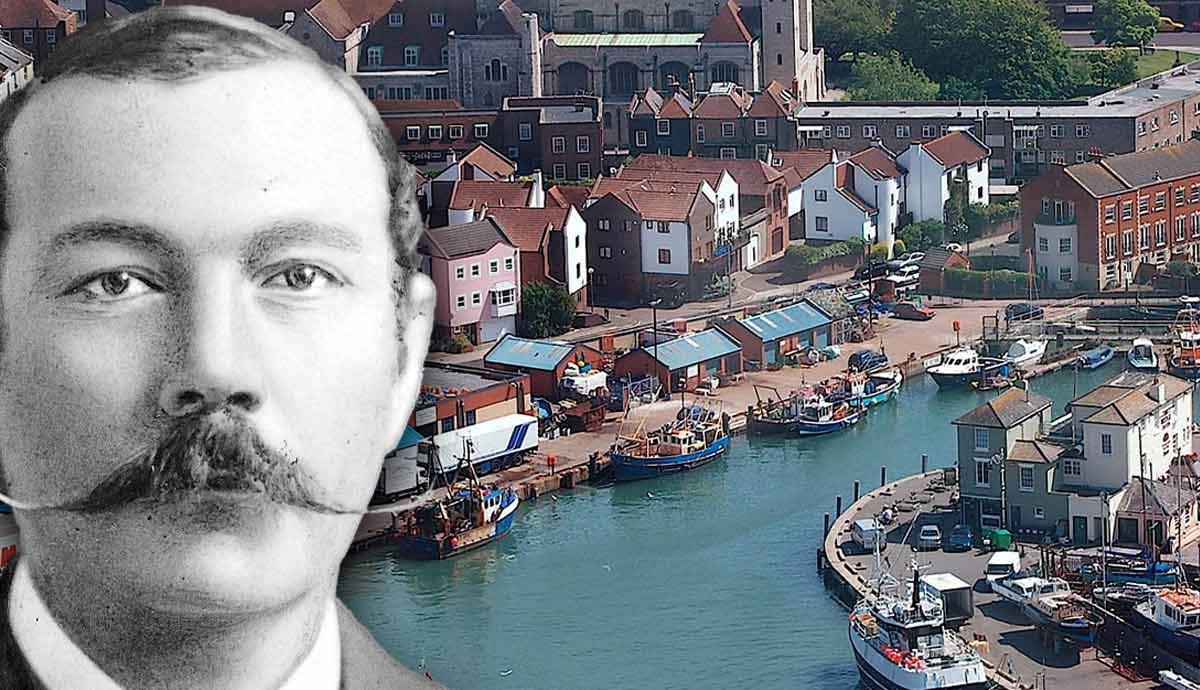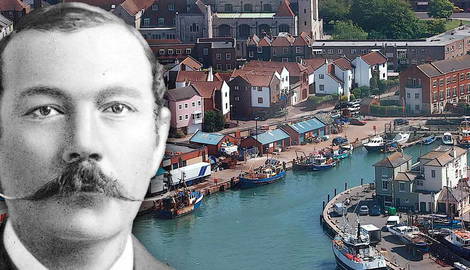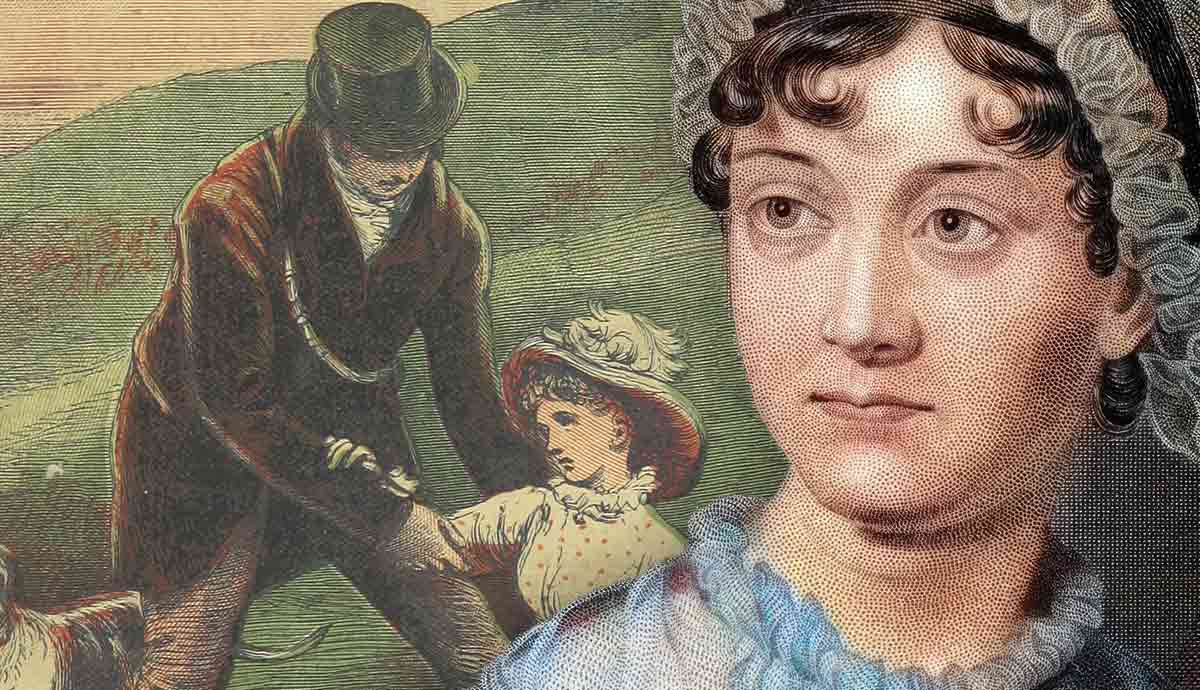
Portsmouth has a well-established literary tradition which still thrives today (current poet laureate, Simon Armitage, attended the University of Portsmouth). Many authors have connections with the coastal city (Neil Gaiman’s relationship with the city has seen one of the streets renamed ‘The Ocean at the End of the Lane’).

Some of the most famous literary figures to emerge from the city have a complicated relationship with their roots and have immortalized these feelings in iconic works of fiction.
How Charles Dickens’ Birthplace Influenced His Literary Works

Charles Dickens was born in Landport, Portsmouth on 7th February 1812. His father, John Dickens, worked as a clerk for the Royal Navy Pay Office. Sadly, mounting debts and financial woes, saw the Dickens family leave Portsmouth for London and eventually resulted in John Dickens being taken to Marshalsea debtors’ prison in 1824 (inspiration for Little Dorrit, 1855). For the young Charles Dickens, this marked a dark chapter of his life where he had to give up his education to enter the child labor force at Warren’s Blacking Factory.
His concern for the hardship faced by the poor, especially children is a recurring theme in all his novels. Furthermore, Dickens recalled his Portsmouth childhood in shipbuilding scenes in Dombey and Son, 1846. Today, the Charles Dickens Birthplace Museum as well as a bronze statue of the famous author immortalize the writer and his connection to the city.
Why Arthur Conan Doyle Practiced Medicine in Portsmouth

After falling out with his medical partner in Plymouth, Conan Doyle moved his medical practice to Elm Grove, Portsmouth in 1882. He quickly adapted to his new community joining literary and scientific societies, hosting events and giving public lectures. He also married and started a family during his time in Portsmouth. Arthur Conan Doyle also pursued his passion for football, becoming goal keeper for the then amateur Portsmouth football club. Most crucially for literary history, Portsmouth was the city that gave us Sherlock Holmes; Conan-Doyle wrote the first two Holmes mysteries: The Sign of Four, 1890, and The Study in Scarlet, 1887 whilst working as a doctor in the city.
How H.G. Wells’ Time in Portsmouth Shaped His Early Novels

H.G. Wells, famous for his early works of science fiction: The Time Machine 1895, The Island of Doctor Moreau 1896, The Invisible Man 1897, and The War of the Worlds 1898. However, he may never have written at all had he not spent a short, miserable stint in Portsmouth. H. G. Wells spent a miserable few years as an apprentice to Hyde’s Drapery Emporium from 1880 – 1883. While Wells hated the experience, it drove him to take out his misery by writing Kipps, 1905; The Wheels of Chance, 1890; and The History of Mr. Polly, 1910. These novels reflected on the harsh working conditions, long hours and lonely existence Wells felt at the time. His time in Portsmouth inspired him to pursue a career in journalism and literature rather than continue in the drapery trade.









